
Origin and growth of Bank Notes and Currencies – 6
Origin and growth of
Bank Notes and Currencies – 6
(Written by N.R. Jayaraman)
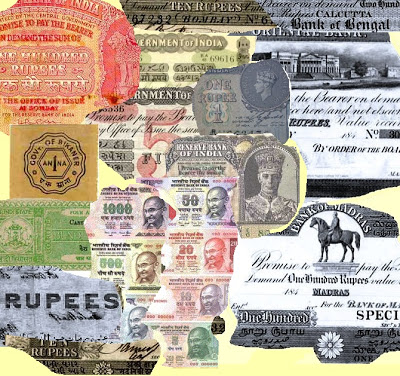
The Paper Currency Act of 1861 conferred upon Government of India the monopoly of Paper Money issue bringing to an end the act of Paper Money issued by Private and Presidency Banks. Paper Money in India owed much to Sir James Wilson, the first Finance Member in the Executive Council of the Viceroy of India. From then on Government of India continued to issue currency Paper Currency till the Reserve Bank of India was established on 1st April, 1935.
The notes issued prior to the takeover by Reserve Bank of India were issued by the British Govt as official Currency notes. Those notes bore the issue period, the circle from where they were issued and carried the signature of Commissioner for Government of India against the promissory clause. (The present notes contain the signature of the Governor of the Reserve Bank of India). Much of those currencies were printed in England and brought over to India for issue from many centers.
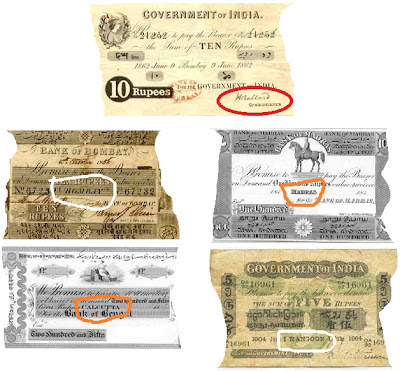
Some of the issues to name a few are the following:
Rs 10/-notes issued in June, 1862
Rs 5/- issue in 1896 from Bombay
Rs 10/-, 20/-, and Rs 100/- denominations in May, 1862 & 1864 and Rs 10/- issue of 1882 & 1894 from Calcutta
Rs 5/- deno issued in June 1871 from Calicut
Rs 1000/- deno notes issued in the years 1894 and 1918 from Allahabad, Calcutta and Bombay Offices.
Similarly Rs 500/- Currencies have been issued in the year 1919.
Also interesting to note that Rs 5/- notes have been issued from Rangoon (presently Myanmar also known as Burma).
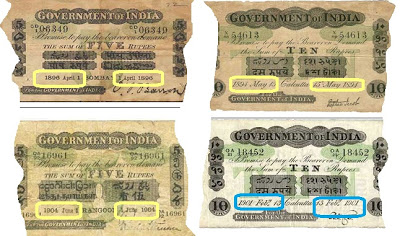
Another interesting aspect in the notes were that of the Currencies issued in between 1871 and 1900 which contained the denomination value in Telugu, Kannada, Malayalam and Tamil- all four from the Southern part. Another set of Currencies issued contained the value in Urdu, Marathi, Gujarati, Bengali and Kannada. The Currencies issued from Rangoon branch carried the value in Tamil, Burmese, Urdu and Chinese languages. However all the Currencies issued had the value and other text matter printed in English language predominantly. The reason for issuing the Currencies each issue containing in different languages is not known. May be it could have been considered as one of the security features ?
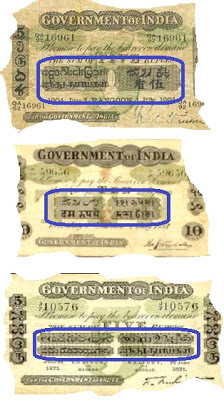
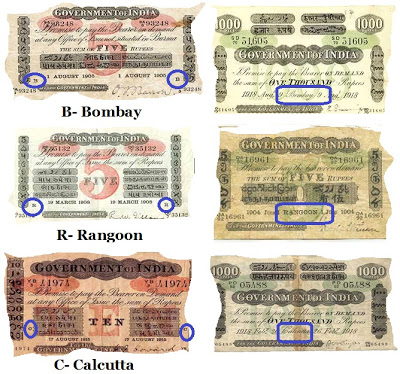
One other peculiarity in the Currencies issued have been the name of the issue office. While notes issued up to 1918 mentioned the name of the issue office in full format like Calcutta, Bombay, Calicut (Madras) etc, some of the Currencies issued in 1905, 1913 to 1920 mentioned the issue circles in one letter format as shown below. Further, these Currencies contained the values in more than four languages.
R- Rangoon
B- Bombay
C- Calcutta
K- Karachi
M- Madras and
L – Lahore.













Recent Comments